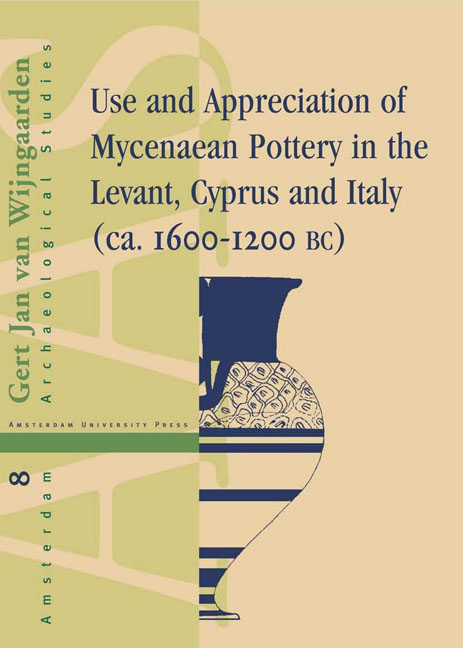15 - Lipari
Published online by Cambridge University Press: 10 February 2021
Summary
INTRODUCTION
Lipari is the largest of the seven islands in the Aeolian archipelago. On its south-eastern coast, the acropolis, nowadays called il Castello or Cittáde rises to a height of almost 44 m. The archaeological site is situated on top of the acropolis, which is also the historical centre of the modern town (Fig. 15.1). Excavations were conducted at the site in the 1950s and 1960s. They have revealed continuous habitation at the acropolis from the Early Bronze Age until the present day. During this long period, settlement at the acropolis was continually related to the plain of contrada Diana below the acropolis, where settlement structures and graves have also been found. The archaeological strata in the plain that have produced the most extensive remains are precisely those with less finds on the acropolis; the same is true the other way around.
In the main excavation area a sequence of four Bronze Age layers has been distinguished below a thick fill with Bronze Age and Greek finds. The earliest habitation at the acropolis took place during an advanced phase of the Capo Graziano culture of the Early Bronze Age. Remains of this early habitation phase (ca. 1600-1400 BC) have been found in the main excavation area, as well as in the majority of trenches elsewhere on the acropolis. It is therefore likely that the settlement occupied the whole surface of the acropolis. Some twenty architectural structures of the Capo Graziano period have been found in the main excavation area (Fig. 15.3). Most of these huts are fairly small, some 4.5 x 3 m, and oval in shape. They appear to have been situated in concentrations of five to six structures, which suggests an important role for kinship groups in the society. Burials dating to the Capo Graziano period have been discovered at contrada Diana; they involve cremation and secondary burial in large pithoi. The material culture of the Capo Graziano phase distinguishes itself from that of the Italian mainland, as well as from that of Sicily, even though some imports from both areas have been found. In fact, the practice of cremation is very similar to practices at Malta and the island of Ognina near Syracuse.
- Type
- Chapter
- Information
- Use and Appreciation of Mycenaean Potteryin the Levant, Cyprus and Italy (1600-120O BC), pp. 207 - 228Publisher: Amsterdam University PressPrint publication year: 2002



